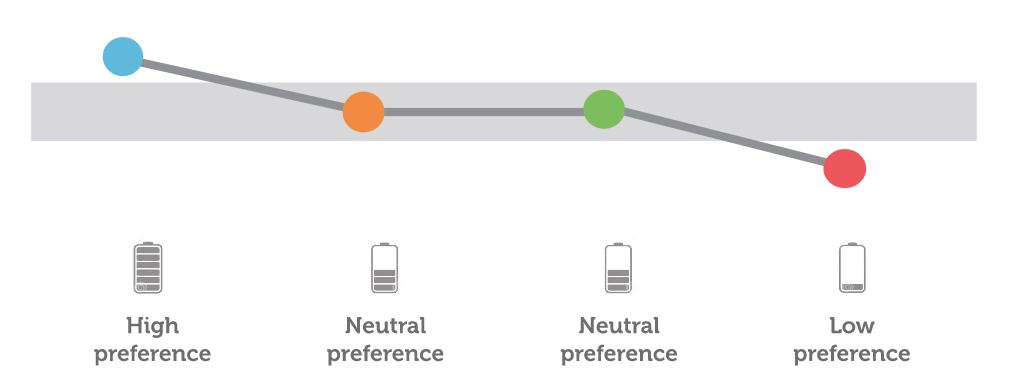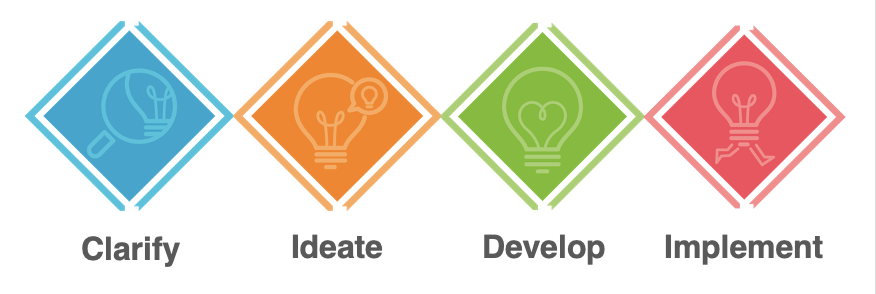Understanding Your FourSight Profile: What Your Energy Wave Reveals
Posted on August 30, 2022

We all have thinking preferences. Each of us has a high, neutral or low preference for every stage in the problem-solving process. We like to spend time and energy in areas of high preference. We may lose energy and focus in areas of low preference. Great solutions need all four types of thinking. So, if you let your thinking preferences dictate how you solve problems, you may get disappointing results. When you understand your thinking profile, you can anticipate where your energy will rise and fall as you work through a challenge. The illustration above comes from the new FourSight Quick Guide and shows how preference corresponds to energy.
Here are three tips to help you manage your high and low preferences.
TIP #1
Start with the universal problem solving process (below). Figure out what kind of thinking the task needs, versus how you would like to think about it. While we often “follow our instincts,” when it comes to thinking preferences, you may be smarter to “follow the process.”

TIP #2
When working in a group, harness your high preferences to raise the group’s energy in that stage of problem solving. Just be sure you don’t overdo it.TIP #3
Sometimes, all of us come face-to-face with a low preference, and we can’t summon the energy to muscle through. Tools make the job easier. So do people who have high preferences in areas you don't. Call on a tool or a teammate to help you clarify, ideate, develop or implement. Here are four free sample tools from the FourSight Tool Cards. Try them out when you run out of energy.
Don't let your high and low thinking preferences scuttle your problem-solving efforts. Work them to your advantage, when you learn to ride your own energy wave.
Sarah is managing partner at FourSight and the award-winning author of Good Team, Bad Team, The Secret of the Highly Creative Thinker, Creativity Unbound, and Facilitation: A Door to Creative Leadership. Her work helps teams and leaders think creatively, work collaboratively and perform at their best.
Ready to learn more about FourSight?
Contact us today to learn more about our offer and how FourSight can help your teams work better together.
If you'd like to learn more about FourSight before scheduling a call, click below to learn about our platform and the science behind FourSight.
